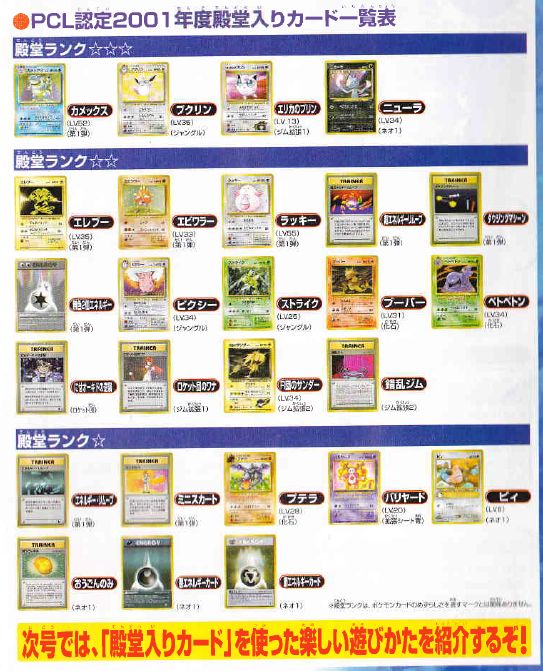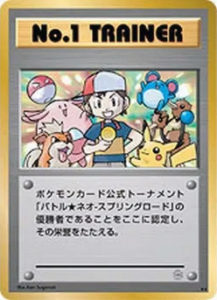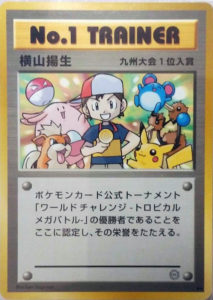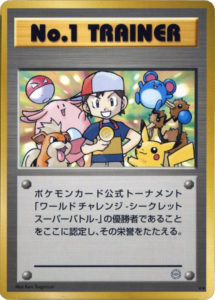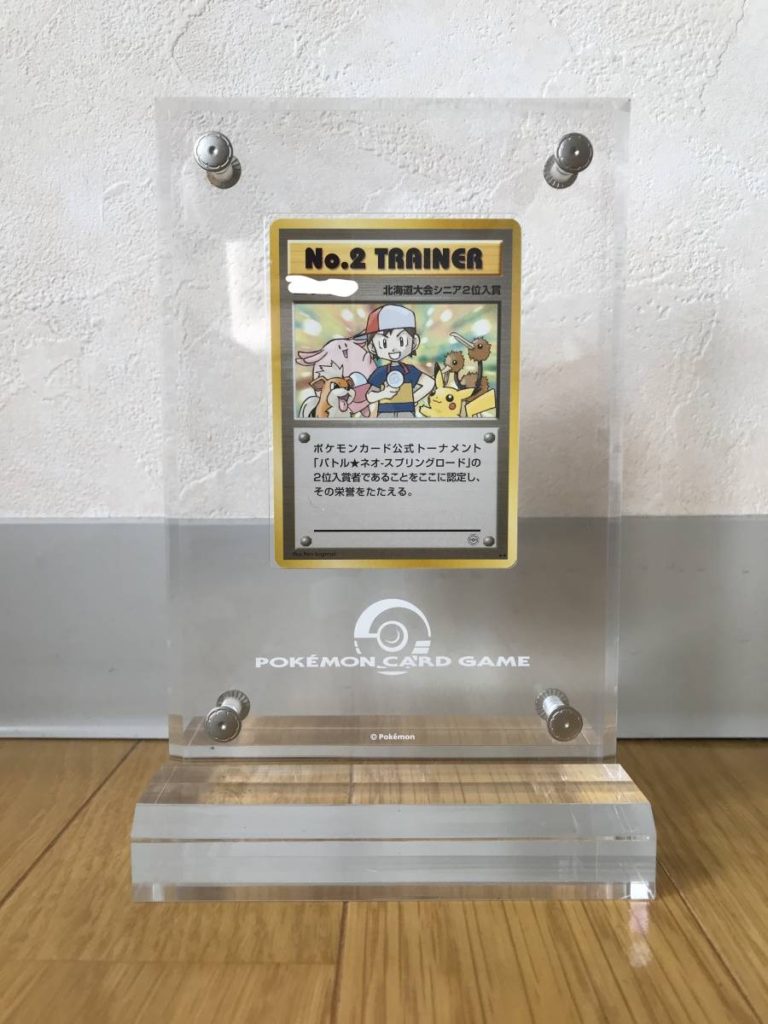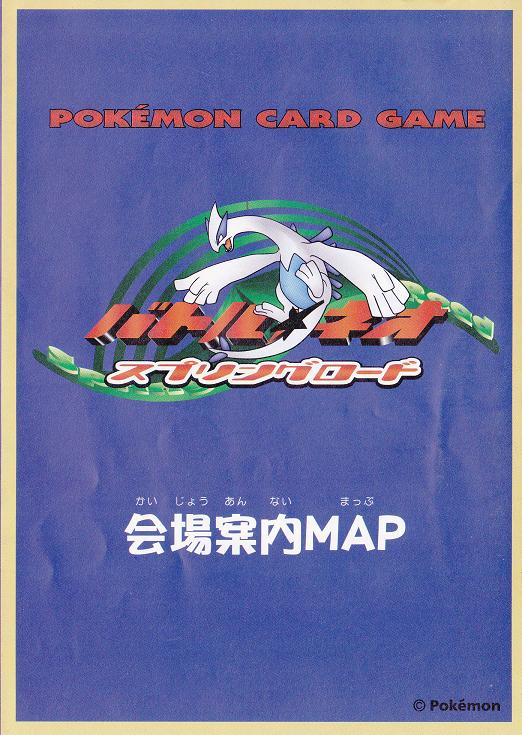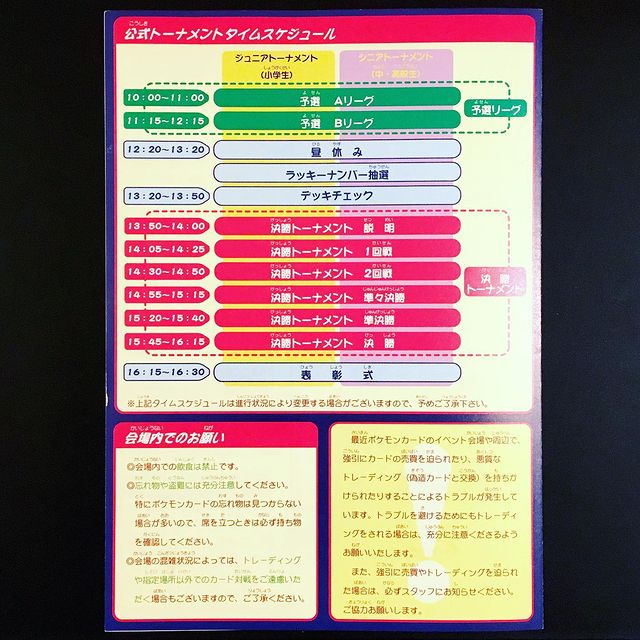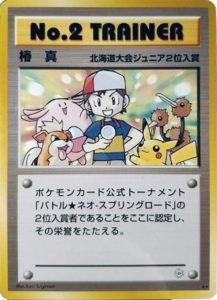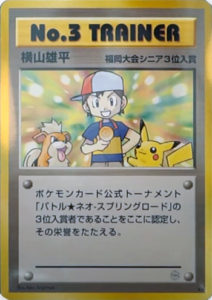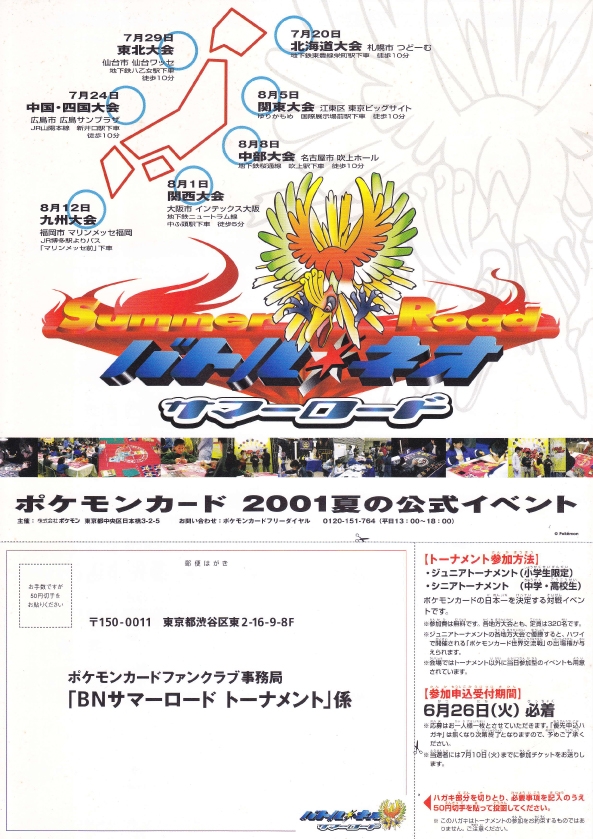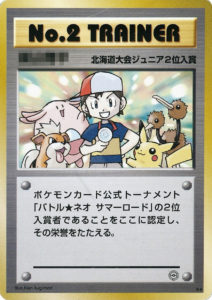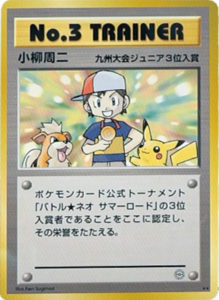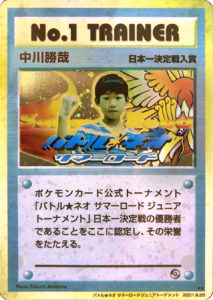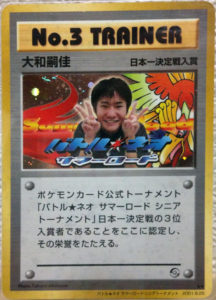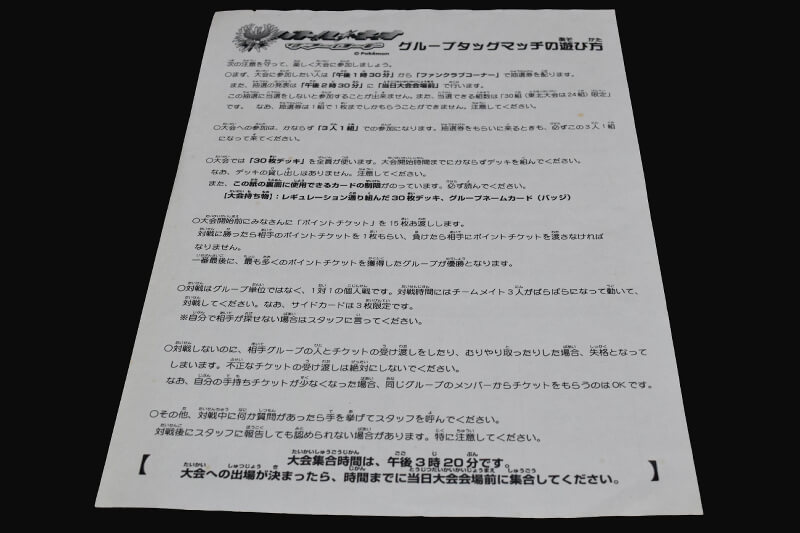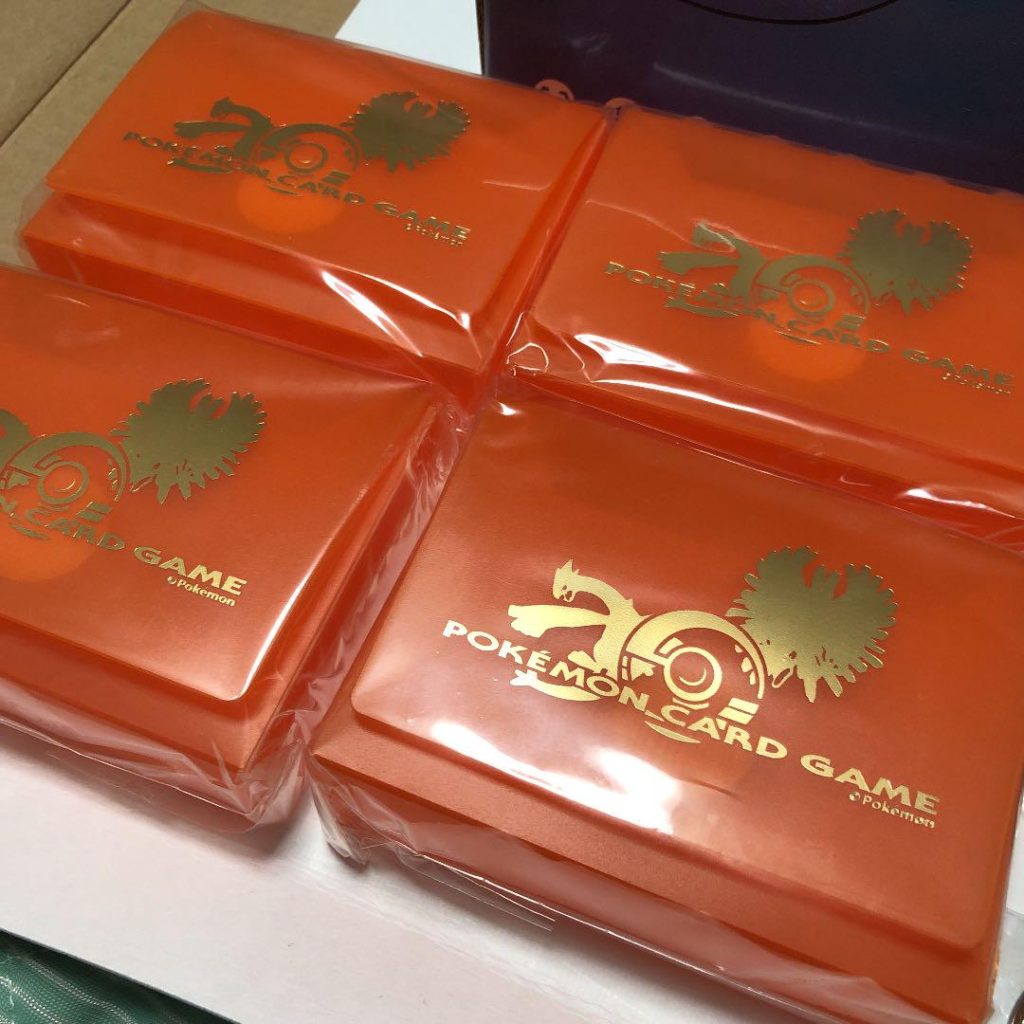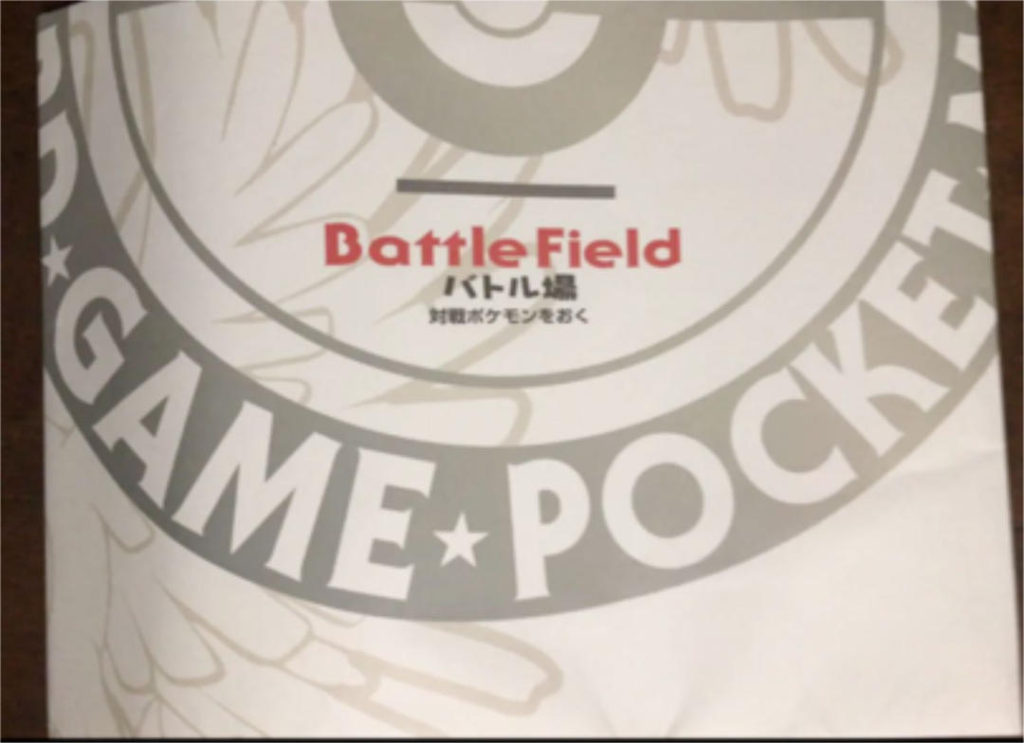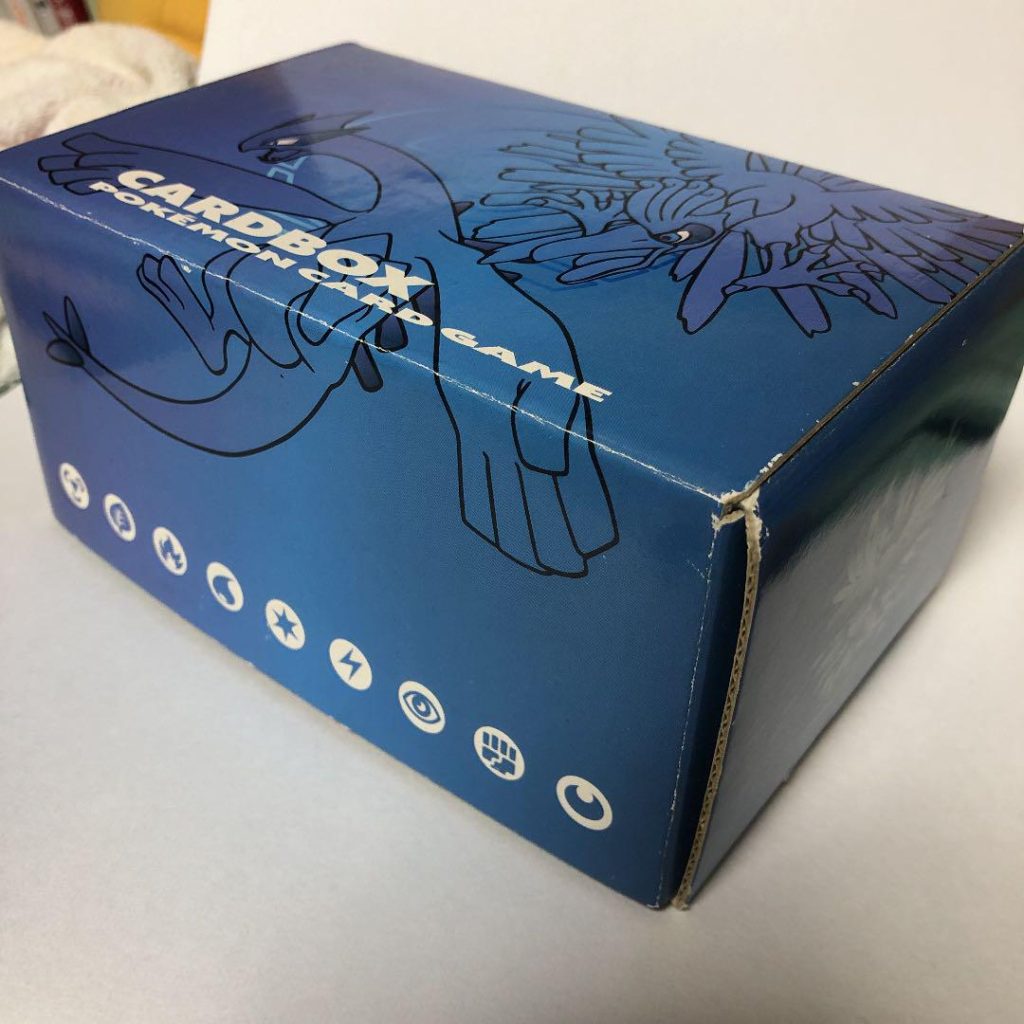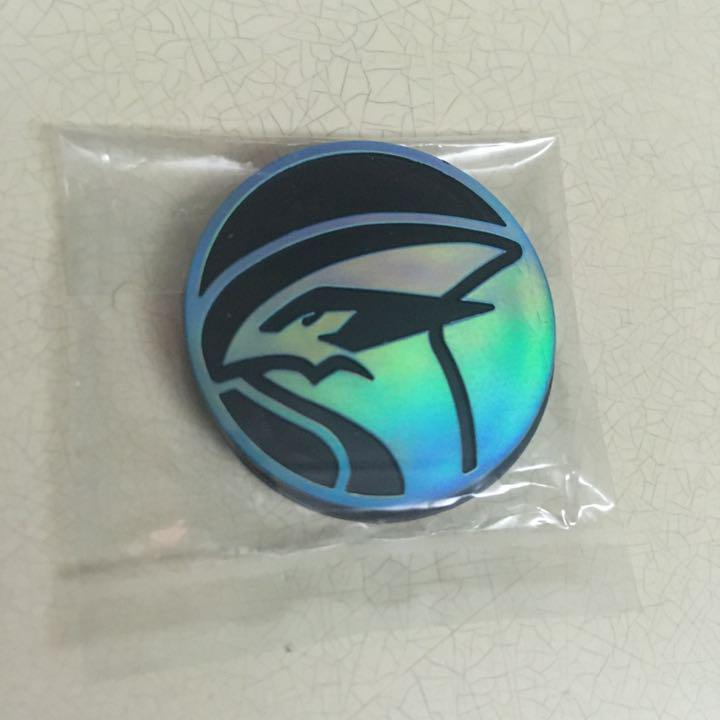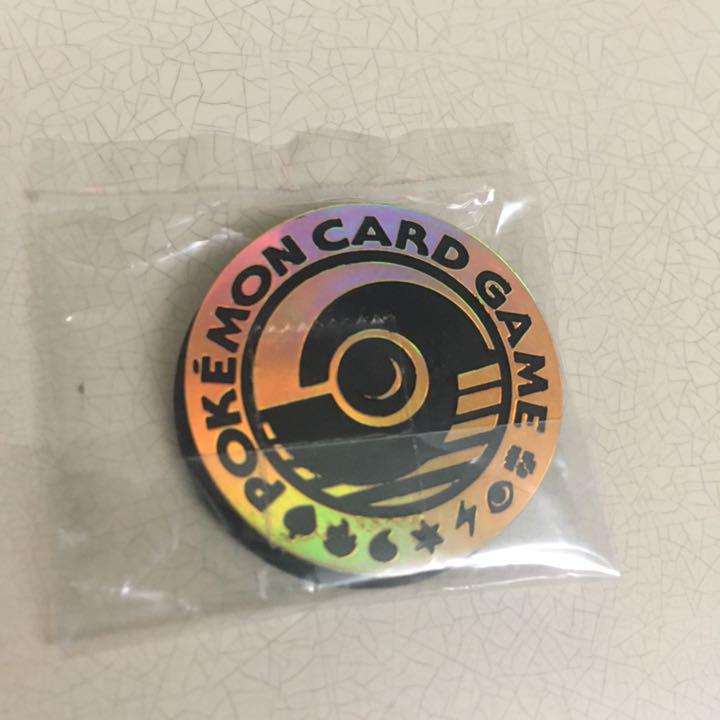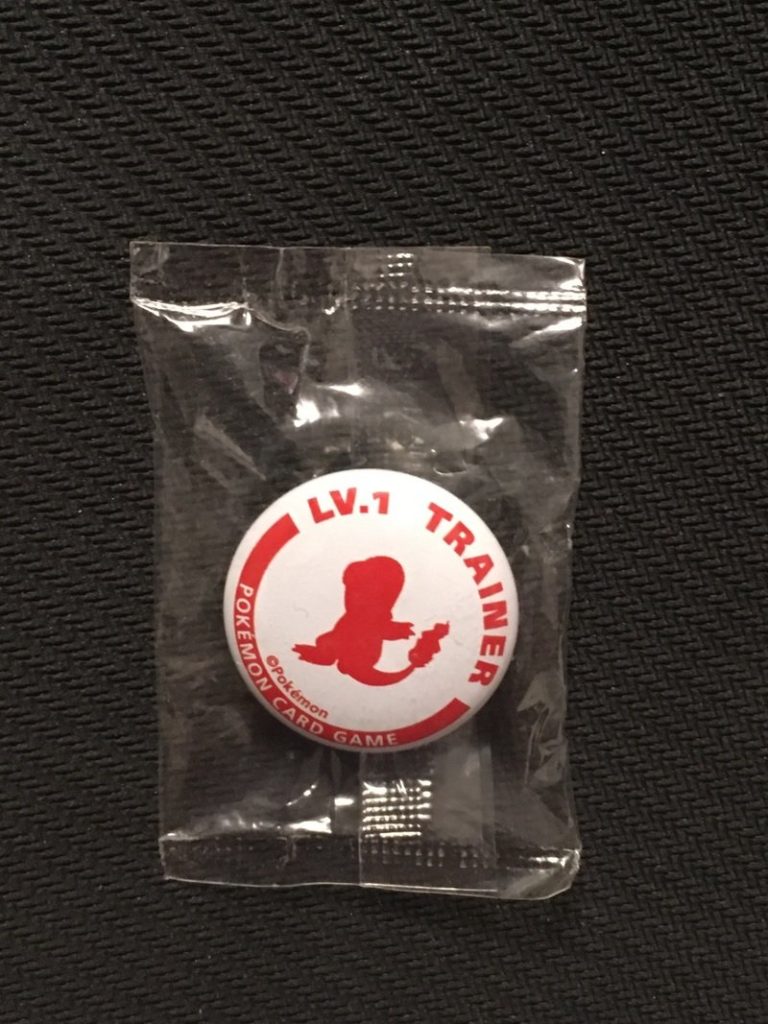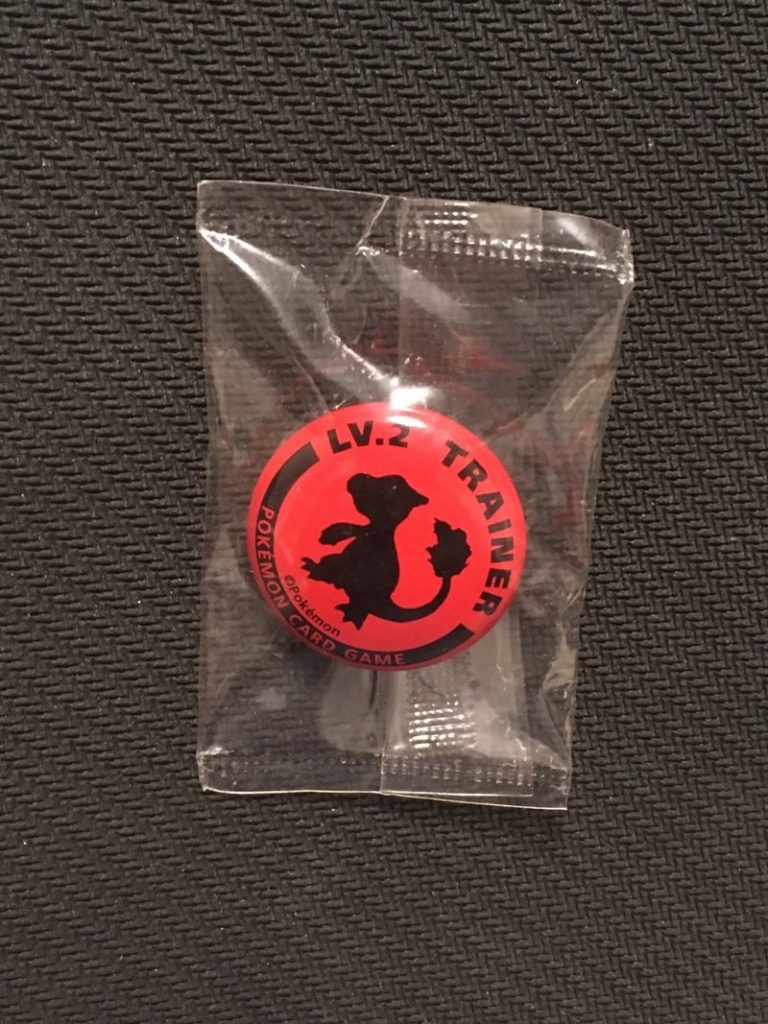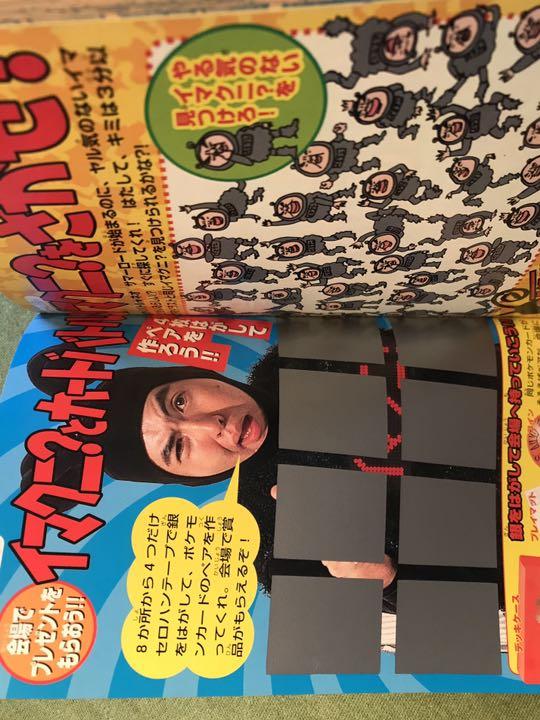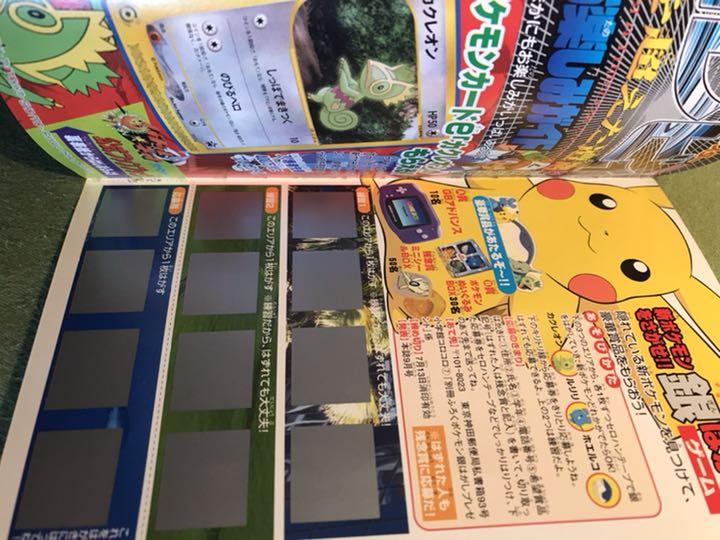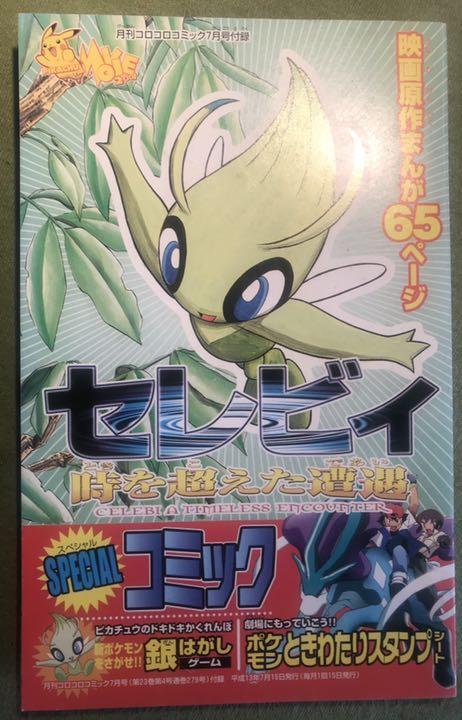In 1999 and 2000, Japan’s regional tournaments all occurred during the summer, when kids were off from school. However, unlike previous years, 2001 had two circuits: one in the spring, and another in the summer, instead of just the summer one. These tournaments would be known as “Pokemon Card Battle ★ Neo Spring Road” and “Pokemon Card Battle ★ Neo Summer Road”.
Hall of Fame System
Starting from the Neo Spring Road tournament, all official sanctioned play used the “Hall of Fame” system. These rules limited the amount of power ‘staple’ cards in each deck, allowing for greater diversity in play.
Certain cards were given star values from 1-3 stars. A deck could only have cards up to 4 stars total. So for example, a player would not be able to run a deck with 2 Base Set Blastoise, since each card is worth 3 stars, which would put their total at 6 stars. In contrast, a deck with 2 Energy removal (1 star each) and 1 Double Colorless Energy (2 stars each) would be legal.

This list would be updated between the spring and summer tournament circuits. Below are the lists, with red text showing the newly added.
Neo Spring Hall of Fame
★★★
- Blastoise (Base)
- Wigglytuff (Jungle)
- Erika’s Jigglypuff (Gym Challenge)
- Sneasel (Neo Genesis)
★★
- Electabuzz (Base)
- Hitmonchan (Base)
- Chansey (Base)
- Super Energy Removal (Base)
- Item Finder (Base)
- Double Colorless Energy (Base)
- Clefable (Jungle)
- Scyther (Jungle)
- Magmar (Fossil)
- Muk (Fossil)
- Impostor Professor Oak’s Revenge (Team Rocket)
- The Rocket’s Trap (Gym Heroes)
- Rocket’s Zapdos (Gym Challenge)
- Chaos Gym (Gym Challenge)
★
- Energy Removal (Base)
- Lass (Base)
- Aerodacytl (Fossil)
- Mr. Mime (Vending Series 1)
- Cleffa (Neo Genesis)
- Gold Berry (Neo Genesis)
- Darkness Energy (Neo Genesis)
- Metal Energy (Neo Genesis)
Neo Summer Hall of Fame
★★★
- Blastoise (Base)
- Wigglytuff (Jungle)
- Erika’s Jigglypuff (Gym Challenge)
- Sneasel (Neo Genesis)
- Dark Vileplume (Team Rocket)
★★
- Electabuzz (Base)
- Hitmonchan (Base)
- Chansey (Base)
- Super Energy Removal (Base)
- Item Finder (Base)
- Double Colorless Energy (Base)
- Clefable (Jungle)
- Scyther (Jungle)
- Magmar (Fossil)
- Muk (Fossil)
- Impostor Professor Oak’s Revenge (Team Rocket)
- The Rocket’s Trap (Gym Heroes)
- Rocket’s Zapdos (Gym Challenge)
- Chaos Gym (Gym Challenge)
- Magcargo (Neo Revelation)
★
- Energy Removal (Base)
- Lass (Base)
- Aerodacytl (Fossil)
- Mr. Mime (Vending Series 1)
- Cleffa (Neo Genesis)
- Gold Berry (Neo Genesis)
- Darkness Energy (Neo Genesis)
- Metal Energy (Neo Genesis)
- Misty’s Wrath (Gym Heroes)
- Feraligatr (5/111 Neo Genesis)
- Pichu (Neo Genesis)
- Tyrogue (Neo Genesis)
Tournament Entry
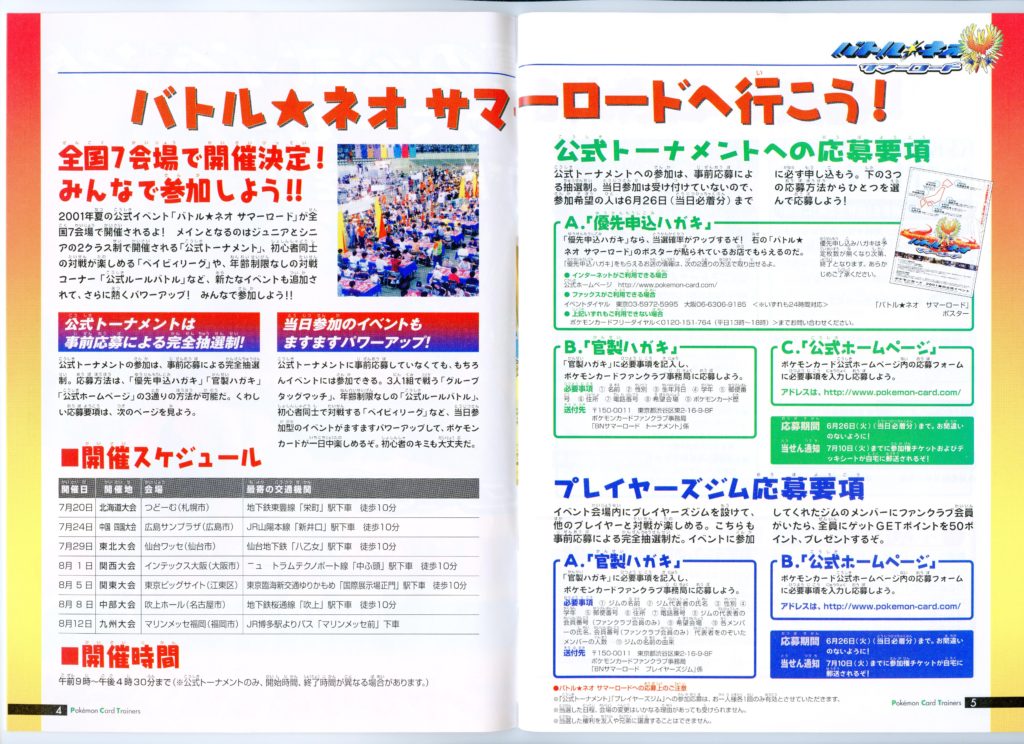
Due to the popularity of the game, players were not guaranteed participation in the main tournaments if they showed up day-of. Instead, players had 3 ways to pre-register for the events.
A. Prioritized application by mailing, faxing, or calling in a pre-registration form with a decklist
B. Registering by mailing in or dropping off a postcard at the Pokemon Fan Club
C. Registering via the official Pokemon Card website.


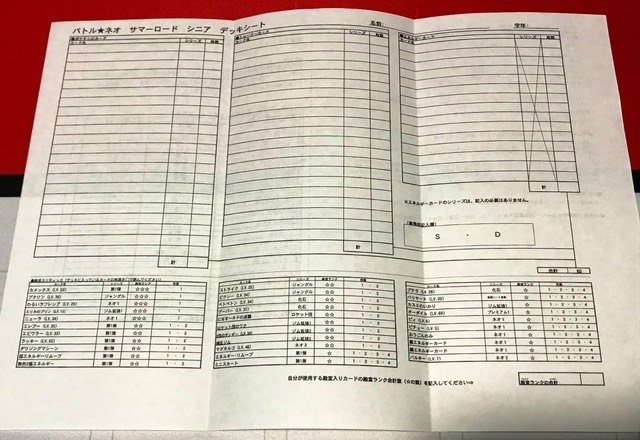
Trophy Card Differences
Winners at each regional tournament received personalized, gender-specific, No.1-3 trainer cards similar to previous years. However, unlike previous years, 2001’s promo cards did not distinguish between the juniors and senior divisions, and instead just stated the event as “Battle ★ Neo Spring Road” or “Battle ★ Neo Summer Road”.
2001’s No.1 Trainer without age group distinction
2000’s No.1 Trainer for juniors (Tropical Mega Battle)
2000’s No.1 Trainer for seniors (Secret Super Battle)
Winners were presented these cards in the same acrylic trophy as previous years’ events.
Neo Spring Road
The spring regional tournaments started February 11, 2001 and ended March 25, 2001. They would take place in 7 regions across Japan. Additional details for these tournaments were available in Vol. 9 of Trainers Magazine. The tournament’s branding was themed after the legendary Pokemon Lugia.
- Kansai conference: Kyoto International Conference Center, Kyoto on February 11 and 12, 2001.
- Chūbu conference: Nagoya Congress Center, Nagoya on February 18, 2001.
- Kantō conference: Makuhari Messe, Chiba on February 24 and 25, 2001.
- Kyūshū conference: Marine Messe Fukuoka, Fukuoka on March 4, 2001.
- Tōhoku conference: Sendai Wasse, Sendai on March 11, 2001.
- Hokkaidō conference: Hokusho Kurotech Tsukisamu Dome, Sapporo on March 20, 2001.
- Chūgoku/Shikoku conference: Hiroshima Sun Plaza, Hiroshima on March 25, 2001.
Winners were published in a subsequent issue of Trainer’s Magazine, and each received personalized gender-specific No.1-3 trainer cards.

Based off these results, the breakdown of No.1-3 trainers officially distributed for Neo Spring are:
- No. 1 Trainer : 0 girls 18 boys
- No. 2 Trainer : 0 girls 18 boys
- No. 3 Trainer : 1 girl 35 boys
Spare copies of these trainer cards have surfaced over the years that don’t have the player’s name & region printed onto them. These are likely direct from the factory printers.
The finals for Neo Spring Road took place at the Pokémon Center Tokyo, Tokyo on March 31, 2001. Winners from this tournament received personalized cosmos holofoil trainer cards with their photographs on them and a Lugia design in the background. There was both a juniors division final and a senior divisions one, for 6 total trainer cards. Each of these only has 1 print in existence.
Neo Spring Side Events
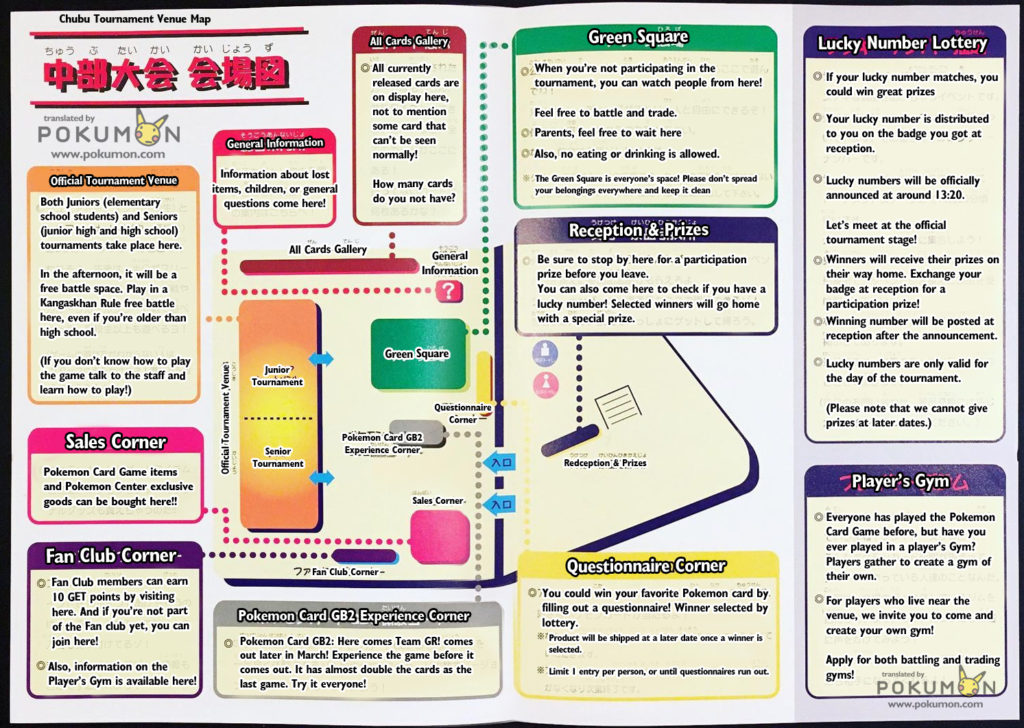
The Neo Spring tournaments had a few side events and activities for attendees, but not nearly as many as Neo Summer Road’s events. These included:
- Sales Corner – A store selling Official Pokemon Center goods and other Pokemon merchandise.
- Fan Club Corner – A booth where Pokemon Fan Club members could earn GET points by visiting, as well as register if they hadn’t joined. This was also where players could meet to set up Player’s gyms, similar to those present at the World Challenge Summer 2000 events.
- Player’s Gym – These were player-run gyms, with gimmicks or challenges differing depending on which children were running them.
- All Cards Gallery – A wall gallery of all currently released cards.
- Green Square – A free play / rest area
- Questionnaire Corner – Filling out a questionnaire here would enter participants to win any Pokemon card of their choice, to be mailed at a later date.
- Lucky Number Lottery – Each participants was given a random number upon registering, and there was a lottery for prizes based on these numbers. Even if participants didn’t win, they could trade back in their numbers upon leaving for a participation prize.
Neo Summer Road
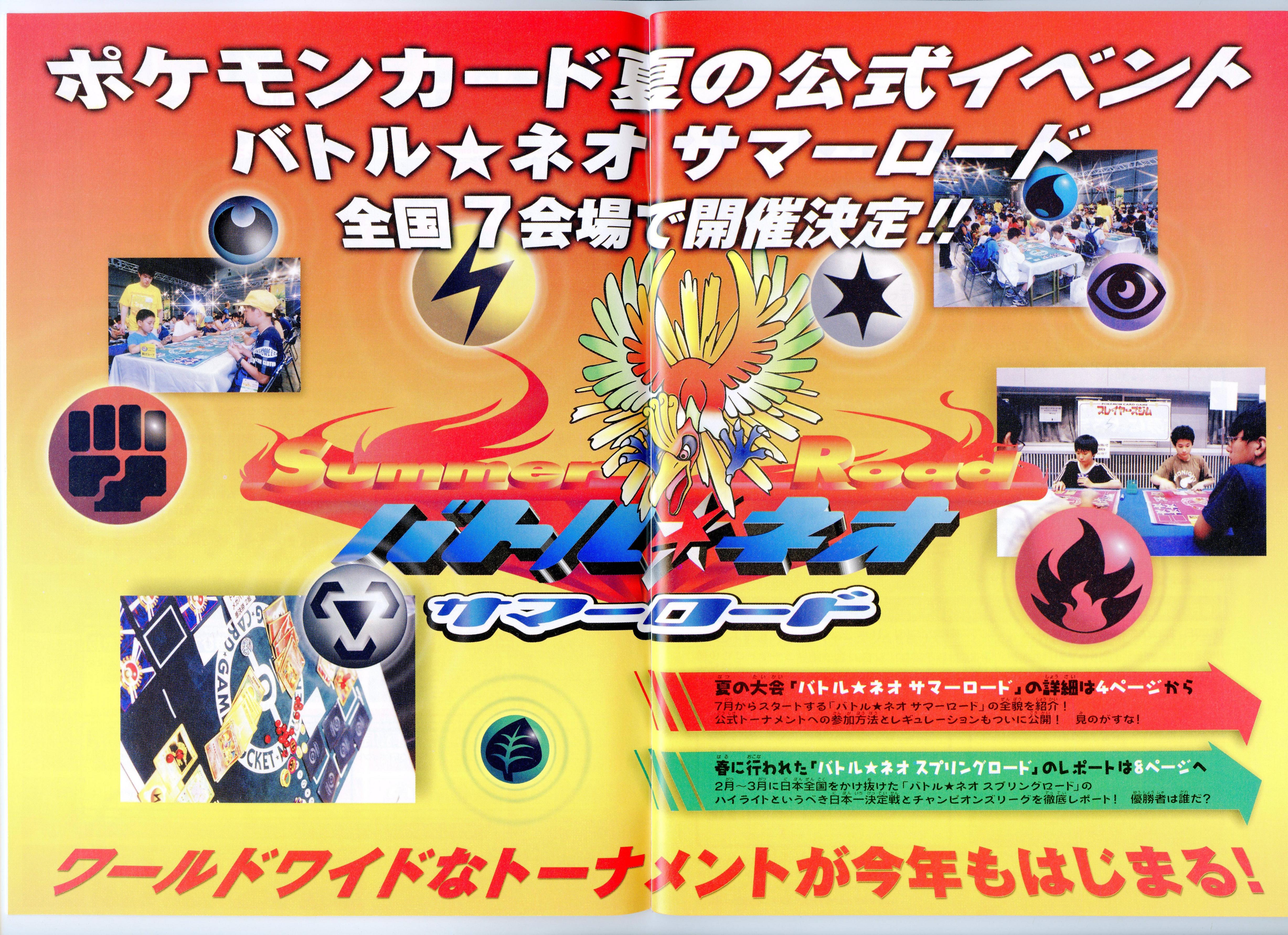
The summer regional tournaments started July 20, 2001 and ended August 12, 2001. Similar to the Neo Spring Road tournament circuit, 7 regions across Japan would host tournaments. The tournament’s branding was themed after the legendary Pokemon Ho-Oh.
- Hokkaidō conference: Sapporo Community Dome, Sapporo on July 20, 2001.
- Chūgoku/Shikoku conference: Hiroshima Sun Plaza, Hiroshima on July 24, 2001.
- Tōhoku conference: Sendai Wasse, Sendai on July 29, 2001.
- Kansai conference: Intex Osaka, Osaka on August 1, 2001.
- Kantō conference: Tokyo International Exhibition Center, Tokyo on August 5, 2001.
- Chūbu conference: Nagoya Trade & Industry Center, Nagoya on August 8, 2001.
- Kyūshū conference: Marine Messe Fukuoka, Fukuoka on August 12, 2001.
Like the spring tournaments, winners were published in a subsequent issue of Trainer’s Magazine, and each received personalized gender-specific No.1-3 trainer cards.
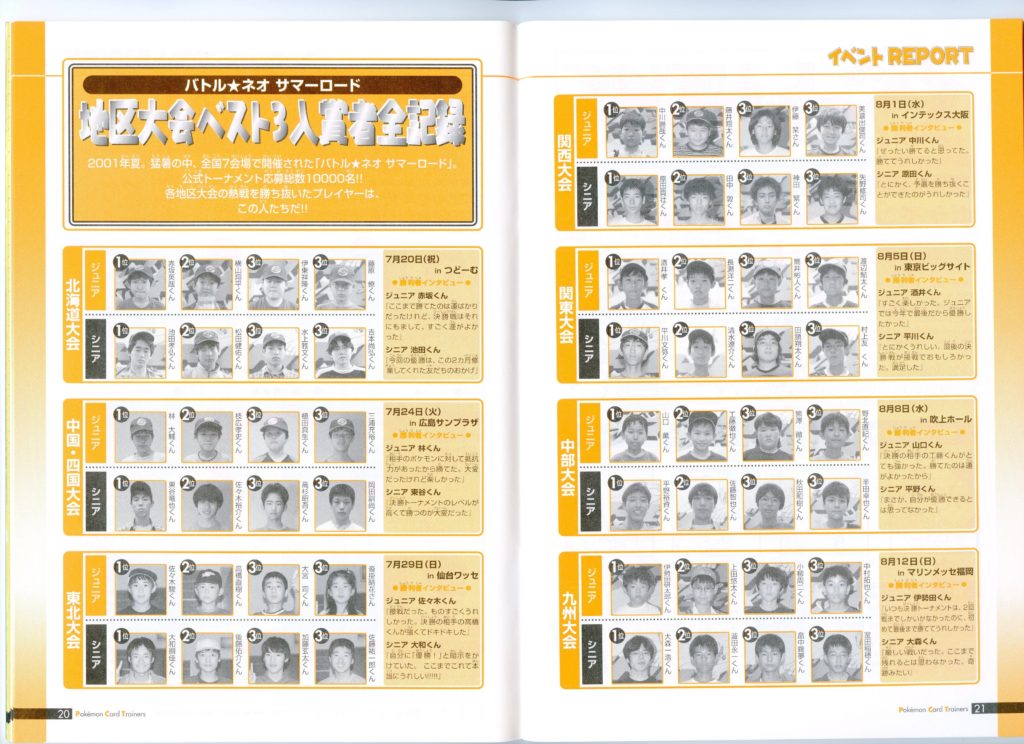
Because there were fewer events in the summer when compared to spring, there are comparatively fewer No.1-3 trainers with the Summer event designation.
- No. 1 Trainer : 0 girls 14 boys
- No. 2 Trainer : 0 girls 14 boys
- No. 3 Trainer : 2 girls 26 boys
The finals for Neo Summer Road took place at the Makuhari Messe, Chiba on August 25, 2001. Winners from this tournament received personalized cosmos holofoil trainer cards with their photographs on them and a Ho-Oh design in the background. There was both a juniors division final and a senior divisions one, for 6 total trainer cards. Each of these only has 1 print in existence.
As an added bonus, competitors who placed in the Neo Summer Road were invited to the 2001 International Tropical Mega Battle in Hawaii to participate in the second day’s tournament on August 26, 2011. This meant that players would have to play in the Best in Japan finals on August 25, then immediately fly to Hawaii to play on August 26, 2001.

Neo Summer Side Events
Neo Summer Road tournaments added additional side events and activities to the main tournament. These side events allowed attendees who weren’t competing in the main event to also participate in the event and earn prizes. All side events abided by the afore-mentioned “Hall of Fame” system.
Side events ranged in difficulty from 1 – 3 stars. These were meant to convey the amount of Pokemon TCG experience necessary for each.
- ★ No match experience
- ★★ Beginners
- ★★★ Intermediate / advanced
Official Rule Battle (公式ルールーバトル)
★★★
Prize: A special badge if a player won 3 consecutive battles
This side event was an area to play constructed games using the senior tournament’s rule set. It was open to players of all ages, even those who had played and lost in the main tournament.
Challenge the Gym Leader (ジムリーダーに挑戦)
★★ ~ ★★★
Prize: Gym leader badge
Different “gym leaders” were present at each venue, and each gym leader used a specific deck. This event was open to children up to junior high school to participate in. At the Chugoku / Shikoku regional tournament, famed Pokemon personality Imakuni? was present as a Gym Leader.
Player’s Gym (プレイヤーズジム)
★★ ~ ★★★
Prize: Special playmat for gym members
Similar to the “Challenge the Gym Leader” side event, this event had players acting as Gym Leaders. Players could apply to become a gym leader at each location.
Free Battle (フリー対戦)
★★ ~ ★★★
Prize: None
As its name implies, this side event was simply a free battle area for players to play.
VS Shield Battle (VSシールド戦<個人戦>)
★★~★★★
Prize: An exclusive VS coin for participants, with a gym badge prize for winners.
To celebrate the release of the Pokemon VS expansion, VS Shield Battle side events were held at all venues. Payers would pay a ¥700 entry fee and receive a 30-card Tyranitar Half Deck. This highly popular event was limited to a first-come, first-serve basis, with remaining participants decided by lottery.

This event was identical to the VS Tournament conducted on the second day of the 2001 International Tropical Mega Battle, except it had the retail version of the deck instead of the international promotional ones with the Tropical Breeze promo card.
The Hokkaido tournament actually occurred a day before the official release of the Pokemon VS set, meaning that this side event was the first release of those cards.
Group Tag Match (グループタッグマッチ<団体戦>)
★★★
Prize: Special playmat and deck box for 1st place team, 2nd place teams got just the playmat

This event had players team up as a group of 3. There were no age limits, so parents could also participate with their children. There were 10 teams in each instance of the Group Tag Match event, for a total of 30 participants.
Each team received a nametag, as well as 15 point tickets. Tickets were able to be distributed in whatever way players liked amongst the 3 players. The nametags and tickets all shared the same Pokemon’s image. So in the example below, the Gengar team’s nametags and tickets can be seen.

Players would be able to challenge other teams’ players by playing one-on-one games. The winner of each game would take 1 ticket from the losing player. As long as there were tickets remaining on a team, that team could be challenged until their tickets were all taken. When a team no longer had any tickets, they were eliminated.
This side event had special rules for deck construction. Decks had a minimum size of 30 cards instead of the usual 60, and only 3 prizes were used instead of 6. Other than basic energy cards, players could only have up to 2 copies of a card in their deck. The same Hall of Fame rules applied to these 30 card half decks, so players were allowed up to 4 stars worth of cards in their half decks.
Baby League
★ ~ ★★
Prize: None
This side event was meant for beginners who had just learned the rules of the TCG.
Teaching Corner
★ ~ ★★
Prize: Special Badge for “graduates”
This side event was meant to teach attendees the basic rules of the Pokemon TCG.
Additional Activities
The Neo Summer Road also featured additional activities and facilities for attendees.
Game Corner
At the Kanto, Kansai, and Chubu tournaments there were areas set up for attendees to play Nintendo games for free. if players brought their Game Boys, they could also play multiplayer games like the Pokemon Card GB game together.
Quiz Rally
This was a scavenger hunt / trivia activity for attendees. They could find hints in various places at the venue and answer questions to receive prizes from a lottery-style prize pool.
Prize Exchange
At various side events and activities throughout the venue, players could collect stamps. They then could come to the prize exchange and trade them in for prizes.
- 6 stamps – Card Storage Box
- 3 stamps – 2 special coins
Pokemon Center Store
Players could also buy official Pokemon Center merchandise at the event. These were products from the Pokemon Centers in Osaka and Tokyo.
Other Merchandise

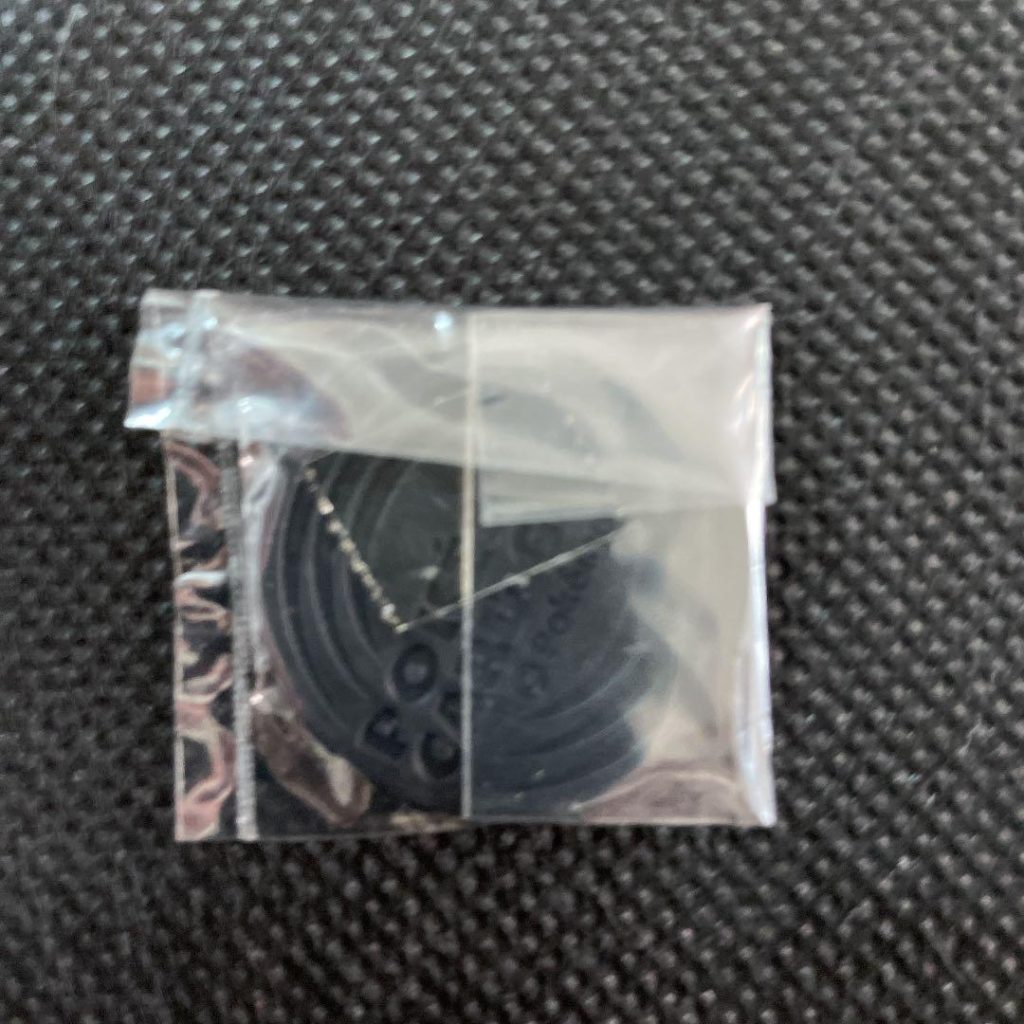
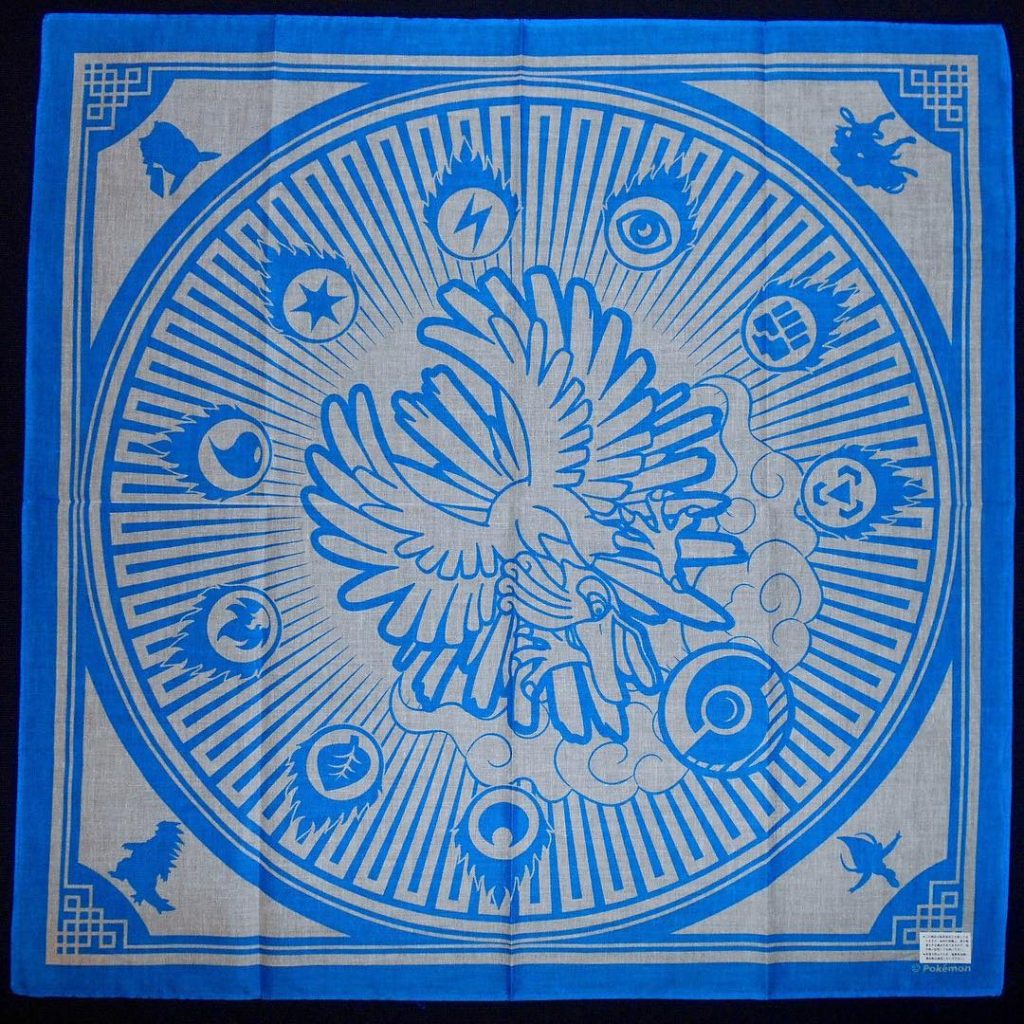

Sources
- https://pokeboon.com/jp/promo_event/battle-neo-spring-road/
- https://pokeboon.com/jp/promo_event/battle-neo-summer-road/
- https://efour.proboards.com/thread/19915/exact-number-girl-trainers-back
- https://nazonobasho.com/grouptagmatch/
- http://blog.livedoor.jp/aqwsderft/archives/55284164.html
- https://seesaawiki.jp/w/pokeca/d/%C5%C2%C6%B2%A5%E9%A5%F3%A5%AF



